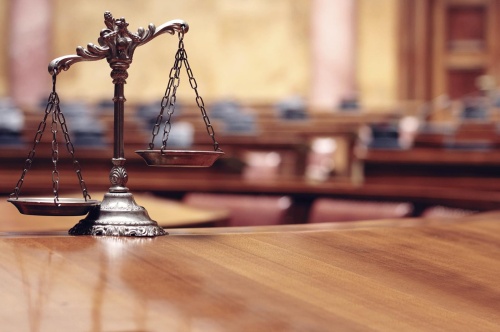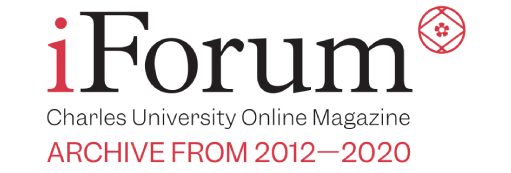Chris Grosset • foto: Thinkstock • 4 April 2018
Peace vs Justice with Klaartje Quirijns
On the 16th March 2018, and supported by the Kingdom of the Netherlands, the Faculty of Humanities of Charles University was host to a screening of the 2012 film Peace vs Justice, followed by a Q & A with the director Klaartje Quirijns (NL).
The film surrounds a conflict that has continued in Central Africa for more than three decades between the Lord’s Resistance Army (LRA), led by Joseph Kony, and the Governments of various central African States; although the film was largely focused on Uganda. This documentary had many underlying points that, despite its six-year age, seemed relevant in geopolitics today. It explored the conflict between diplomacy and militarism, the real-world effectiveness of the International Criminal Court (ICC) and the nature of Justice.
It was evident while watching the film that the director had tried to show the ‘out of touch’ nature of the larger organisations, like the ICC, which demand a pure form of Justice, centred around the punishment of crime and local justice; created out of conflict, compromise and atonement. The film cut between interviews of figures involved in the conflict, talking about getting their abducted children back, and the clean, sterile discussions in the offices of the ICC in The Hague – two worlds which were clearly never going to fully meet.
Having said this, the nature of the documentary didn’t seem to show the ideas of the ICC as inherently bad; just different to those that you might find on a local level. This is an interesting debate that goes to the heart of criminal jurisprudence and sentencing, whether repentance is a more effective social tool than punishment, whether rehabilitation and forgiveness are more necessary to a society than deterrence – and of course, whether these concepts have to be mutually exclusive from one and other.
 It came under debate in the Q & A after the screening how applying international justice to a conflict can leave a lot to be desired. It was established in the film that of a possible five hundred who could be prosecuted in the conflict, only three would be. Further to this, the political nature of the ICC could be a bar to justice. Dominic Ongwen, former second in command of the LRA, is currently standing trial in the ICC, however his culpability remains a matter of debate – Mr Ongwen having been abducted and turned into a child soldier by Joseph Kony (Leader of the LRA) himself. The question has to be asked whether Dominic Ongwen is being tried internationally for the sake of justice or simply for the appearance of justice in a conflict that the international community has had a stake in for nearly a decade.
It came under debate in the Q & A after the screening how applying international justice to a conflict can leave a lot to be desired. It was established in the film that of a possible five hundred who could be prosecuted in the conflict, only three would be. Further to this, the political nature of the ICC could be a bar to justice. Dominic Ongwen, former second in command of the LRA, is currently standing trial in the ICC, however his culpability remains a matter of debate – Mr Ongwen having been abducted and turned into a child soldier by Joseph Kony (Leader of the LRA) himself. The question has to be asked whether Dominic Ongwen is being tried internationally for the sake of justice or simply for the appearance of justice in a conflict that the international community has had a stake in for nearly a decade.
Of course, in her answers to questions Quirijns didn’t pretend to know the all the answers to what is very clearly an intricate and complex problem. As she talked about the nature of creating films and how the creative process can lead you down unexpected roads, it seemed that her motivation, like so many documentary makers, is to draw attention to issue and to expose their nature. She said she was thankful that Peace vs Justice received ongoing academic interest globally. If the film’s focus was on the nature of international justice, then it is going to take international debate; politically, academically and socially to make a change.
The screening finished, very briefly, on a question about Quirijns’ thoughts on another documentary film on the topic ‘KONY 2012’ – an online phenomenon which is the sole source of most people’s knowledge about this conflict in Central Africa. If anything, this was a good way to end the debate, on a warning that people can bring about change and action in a globalised world, however we should be careful to understand the full complexities of a problem before we act.
